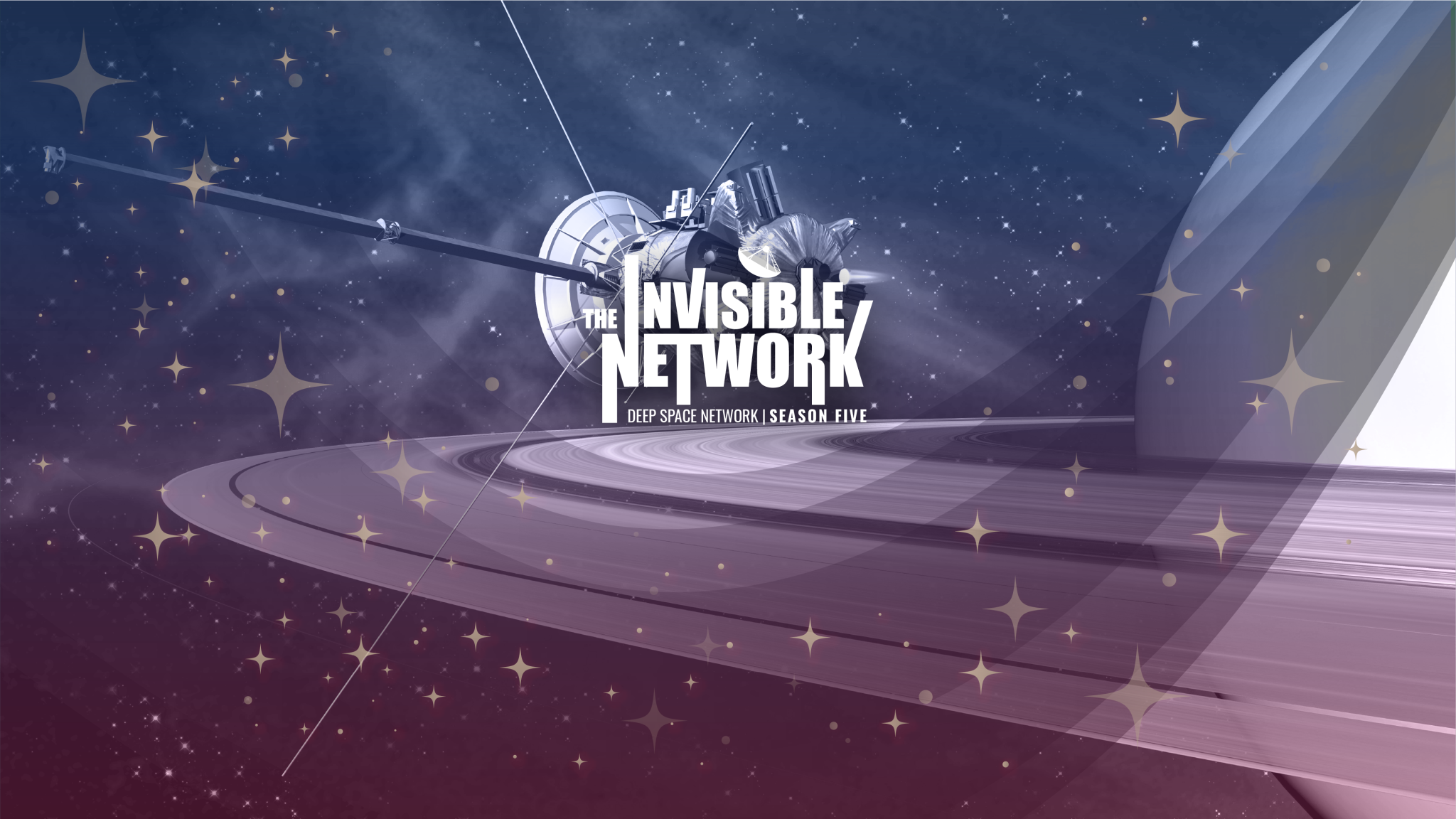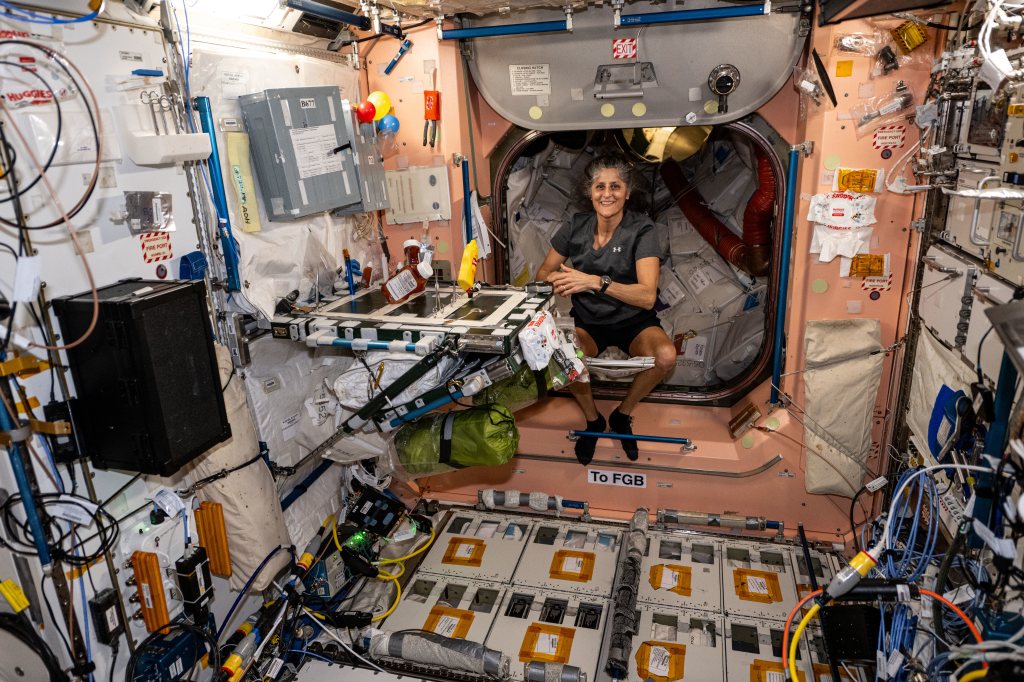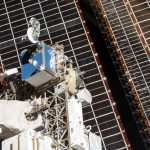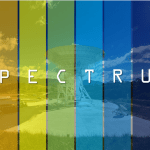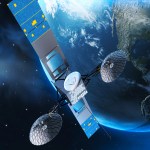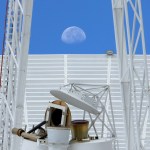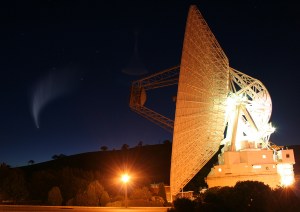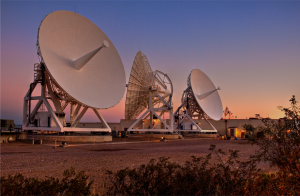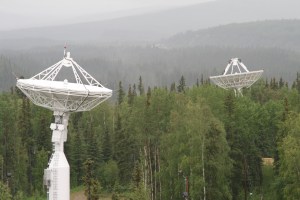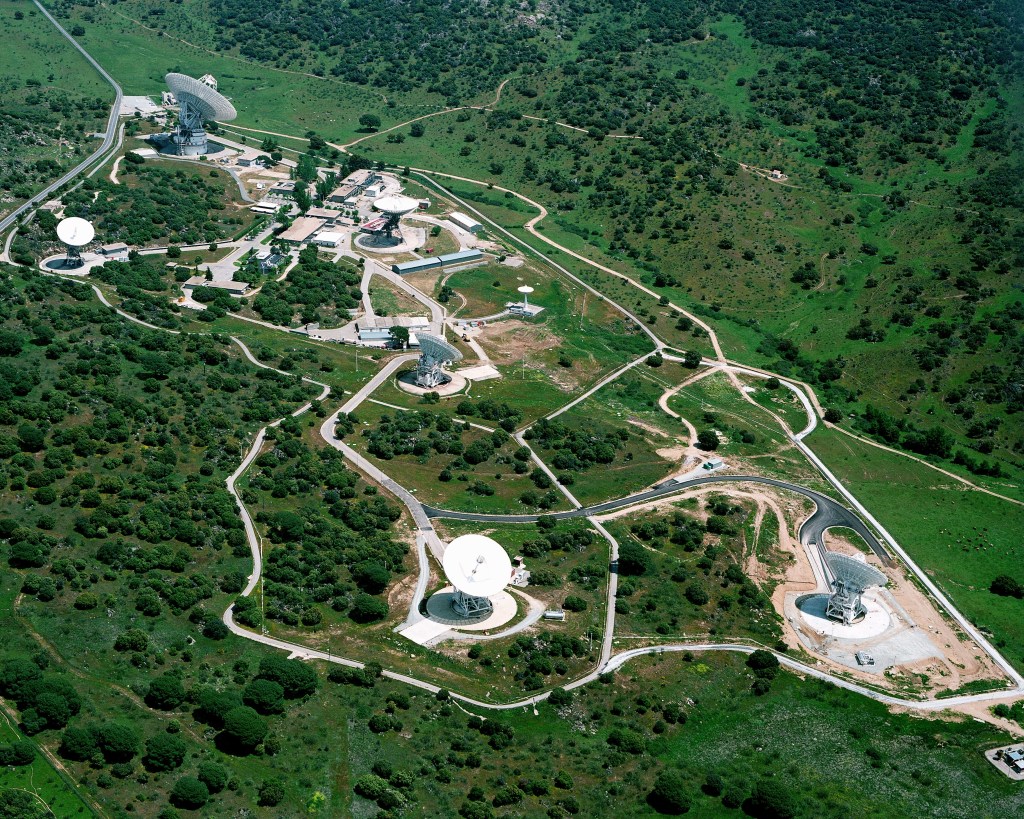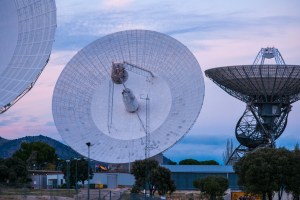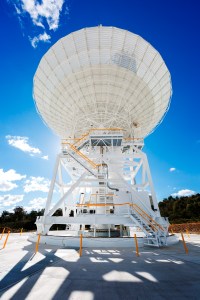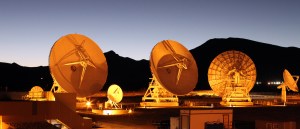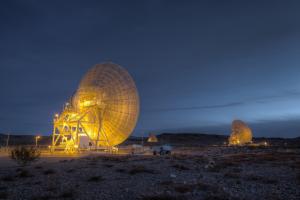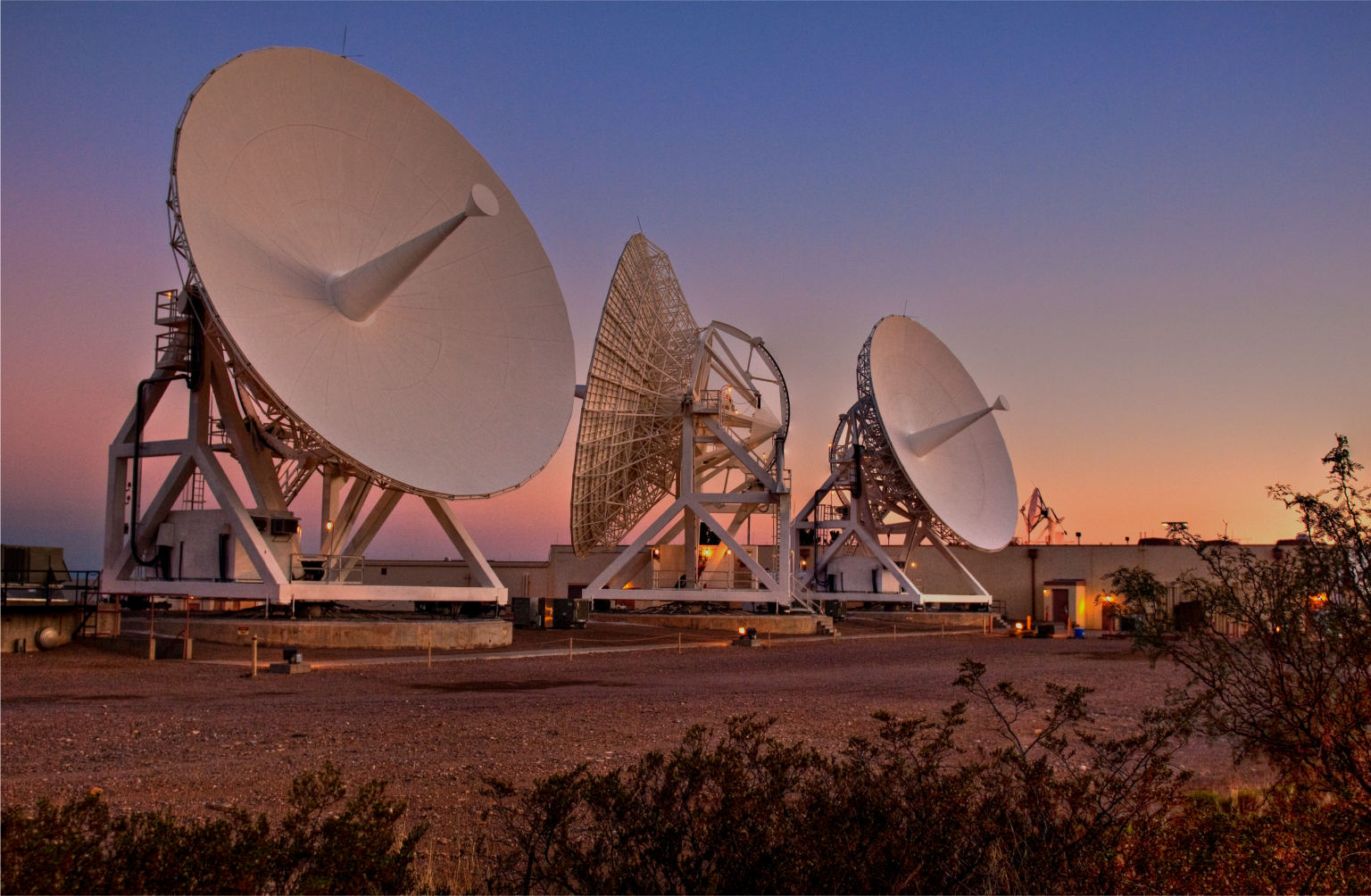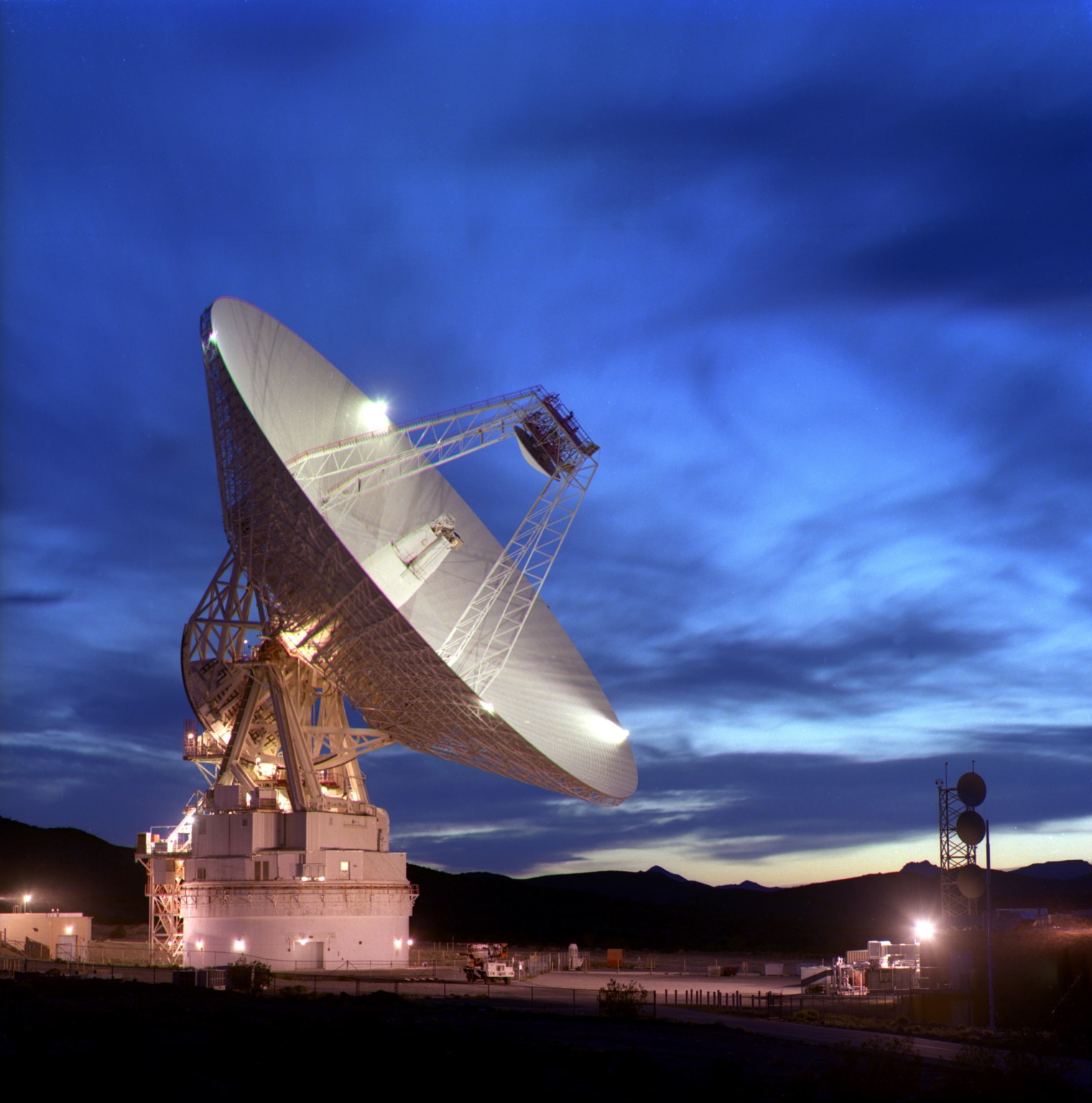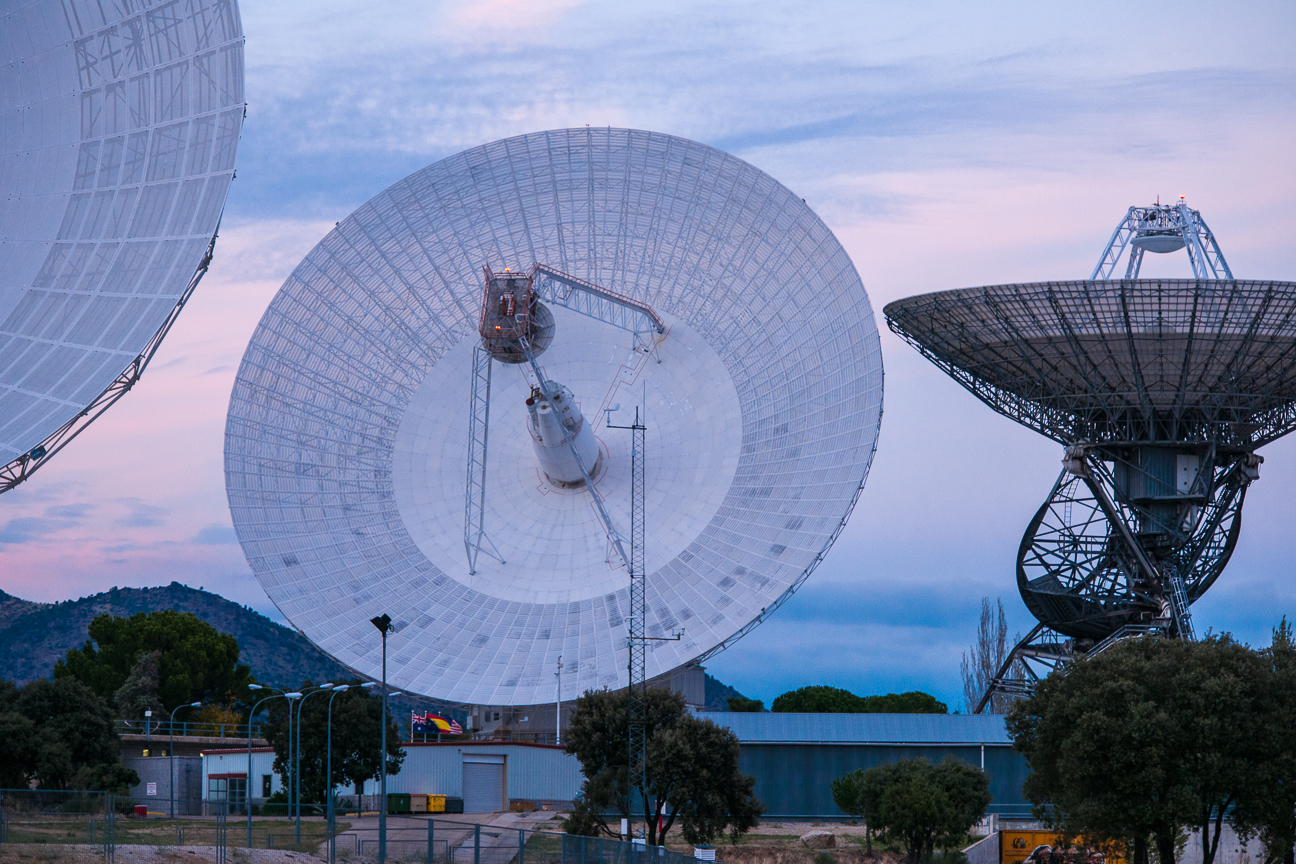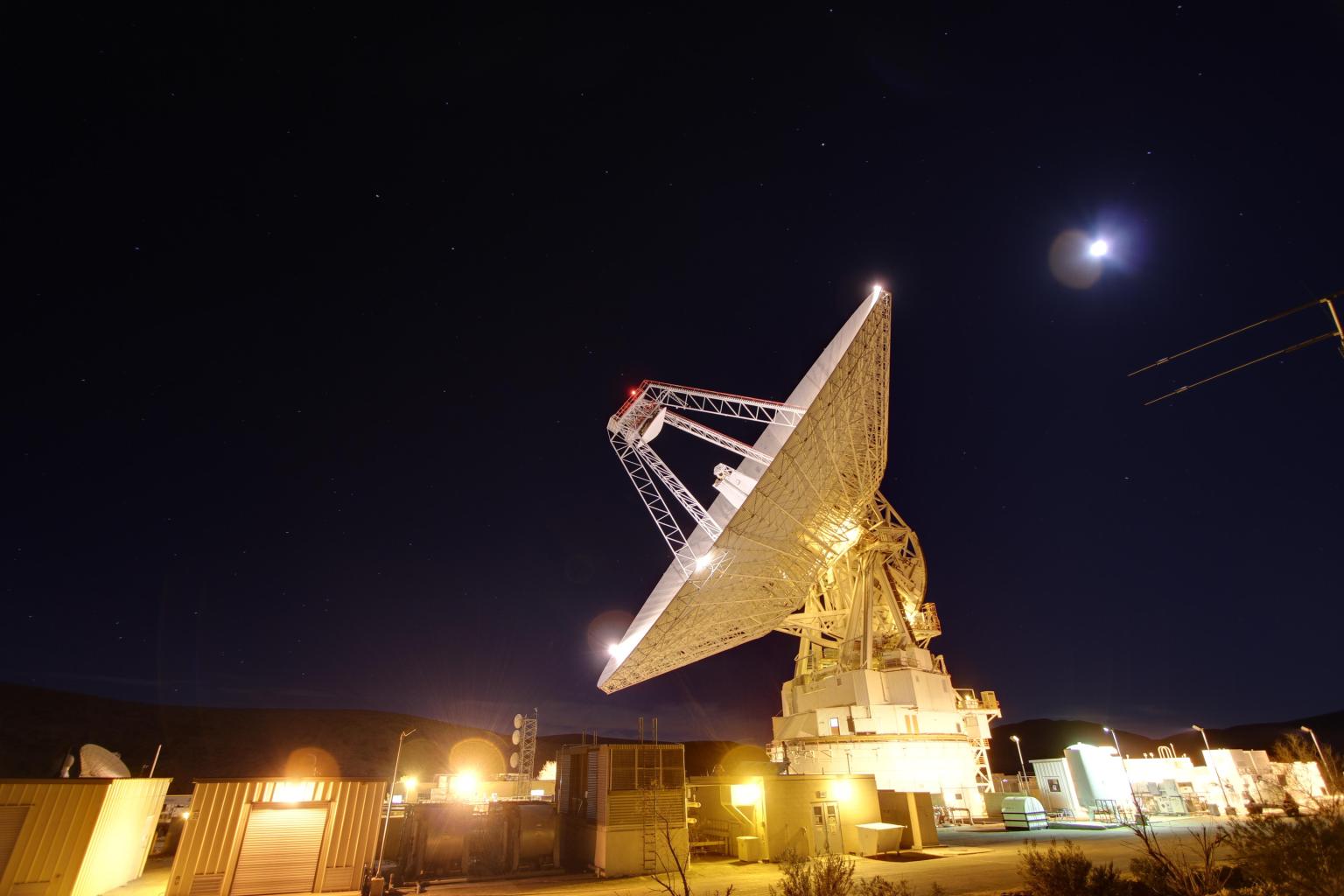
SCaN.
Mission, enabled.
Reliable space communication and navigation systems are critical to every NASA mission. Spacecraft commands, never-before-seen images, and scientific data are sent and received daily by NASA’s giant antennas on Earth. From the Voyager mission exploring beyond our solar system, to astronauts onboard the International Space Station, space communications provide the crucial connection to our home planet.
Global Communications Networks
Missions Enabled
Earth and Beyond
Enabling missions within one million miles of Earth.
Astronauts onboard the International Space Station, missions monitoring Earth’s weather and effects of climate change, and spacecraft exploring the Moon and beyond all depend on NASA’s Near Space Network to provide robust communications services. Using a blend of government and commercial assets, the network supports science, human spaceflight, and technology demonstration missions exploring our planet and the solar system. This data is gathered through global direct-to-Earth antennas systems and a fleet of relay satellites.
The Near Space Network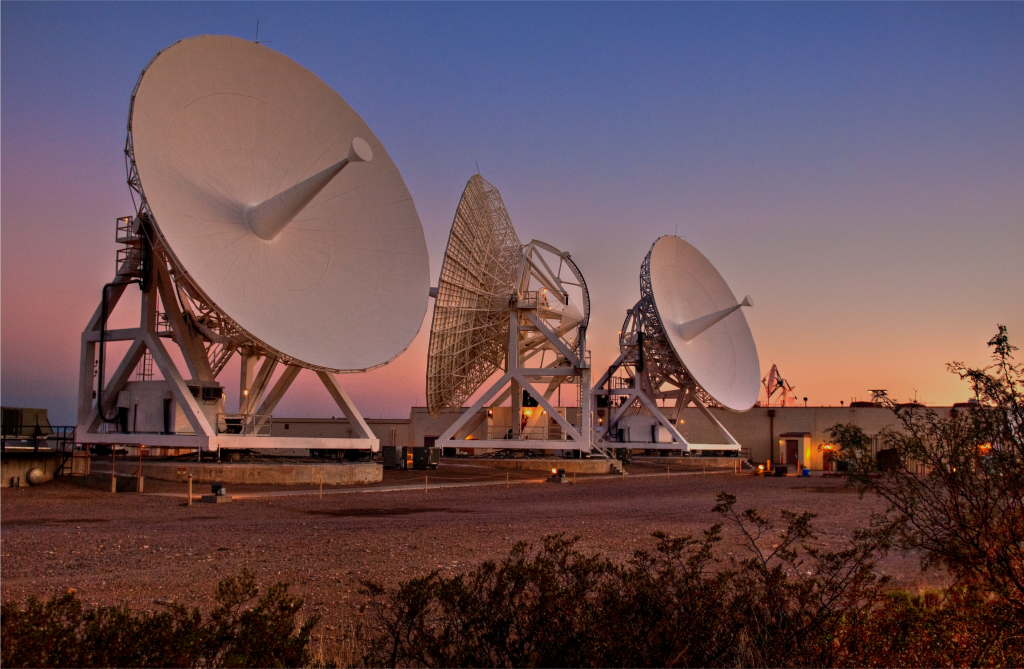
Exploring the Farthest Points of Our Solar System
Keeping in touch, no matter the distance.
From robotic explorers venturing the rocky landscape of Mars, to the Voyager missions unveiling the secrets of interstellar space, to the first woman and first person of color landing on the Moon—NASA’s Deep Space Network provides communications, tracking, and radio science services to missions that explore the furthest points of our solar system. Consisting of three ground stations around the world, its sites are spaced equidistant from each other, ensuring one complex is always in view of faraway spacecraft. The global network also serves as a planetary radar and radio observatory for science measurements.
The Deep Space Network
Lunar Support
SCaN is supporting a new era of lunar exploration.
SCaN contributes to NASA’s exploration of the Moon, Mars, and beyond. The program’s lunar activities encompass communications and navigation support to the Artemis missions, bringing internet-like capabilities to the Moon, and providing astronauts with robust search and rescue capabilities.
Read More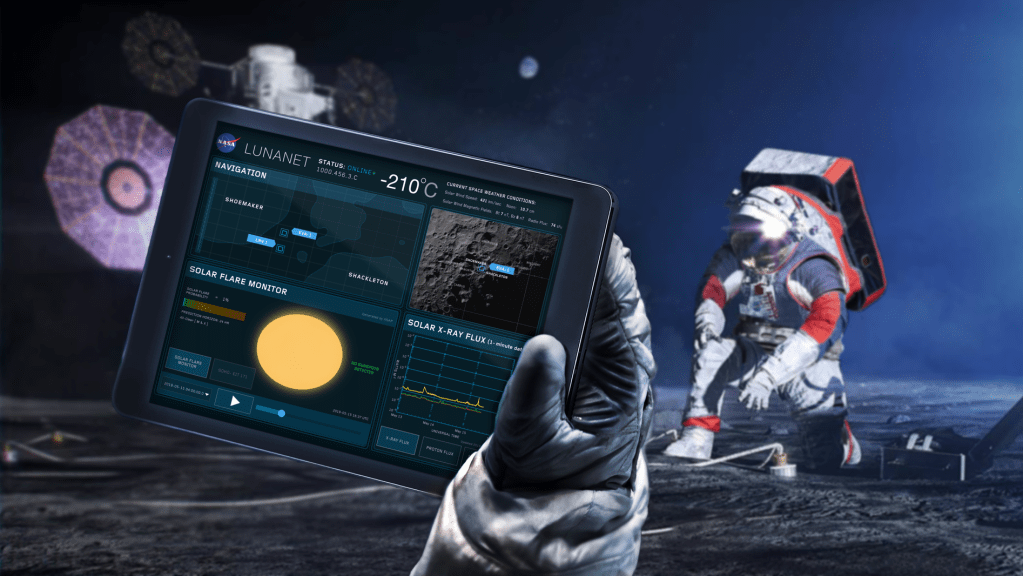
Optical Communications
Optical, or laser, communications will provide significant benefits for missions, including bandwidth increases of 10 to 100 times more than radio frequency systems.
Currently, most NASA missions use radio frequency communications to send data to and from spacecraft. Radio waves have been used in space communications since the beginning of space exploration and have a proven track record of success. However, as space missions generate and collect more data, the need for enhanced communications capabilities becomes paramount.
Optical Communications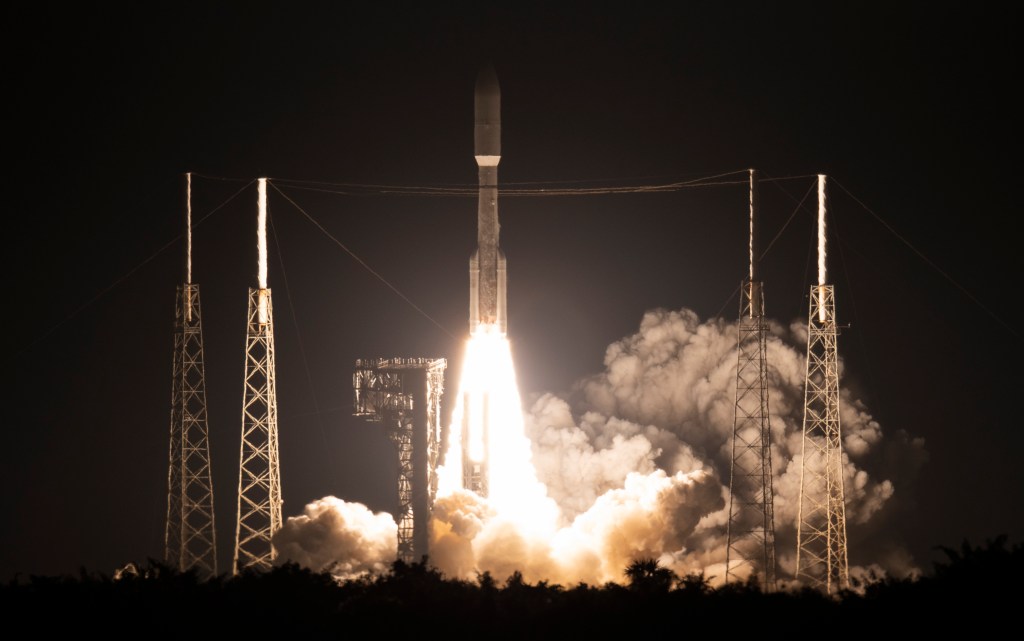
The Next Step in Communications
Rapid advances in quantum optics have recently enabled space-based demonstrations of new communications and networking technologies and protocols.
Leveraging optical communications, the second quantum revolution promises to significantly improve NASA’s mission in various scientific, exploration, and technological enterprises, but especially in space-to-ground and deep space communications and navigation.
Quantum Communications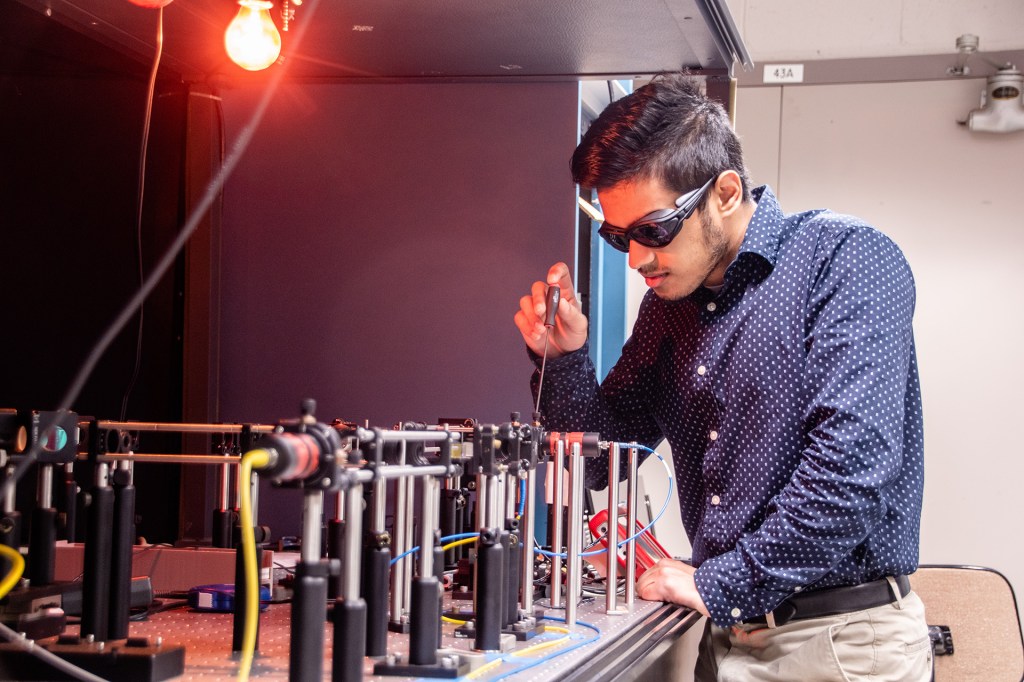
SCaN Program
Exploration, enabled.
NASA’s Space Communications and Navigation program, or SCaN, serves as the program office for all of NASA’s space communications activities. Presently enabling the success of more than 100 NASA and non-NASA mission, SCaN manages and directs the ground-based facilities and services provided by the Deep Space Network and the Near Space Network, including the Tracking and Data Relay Satellite system.
The SCaN Program
SCaN Outreach
Learn with us.
SCaN is committed to strategic communications, education and public outreach efforts in order for the public to understand the importance of communications and navigation in making possible all space missions.
Read More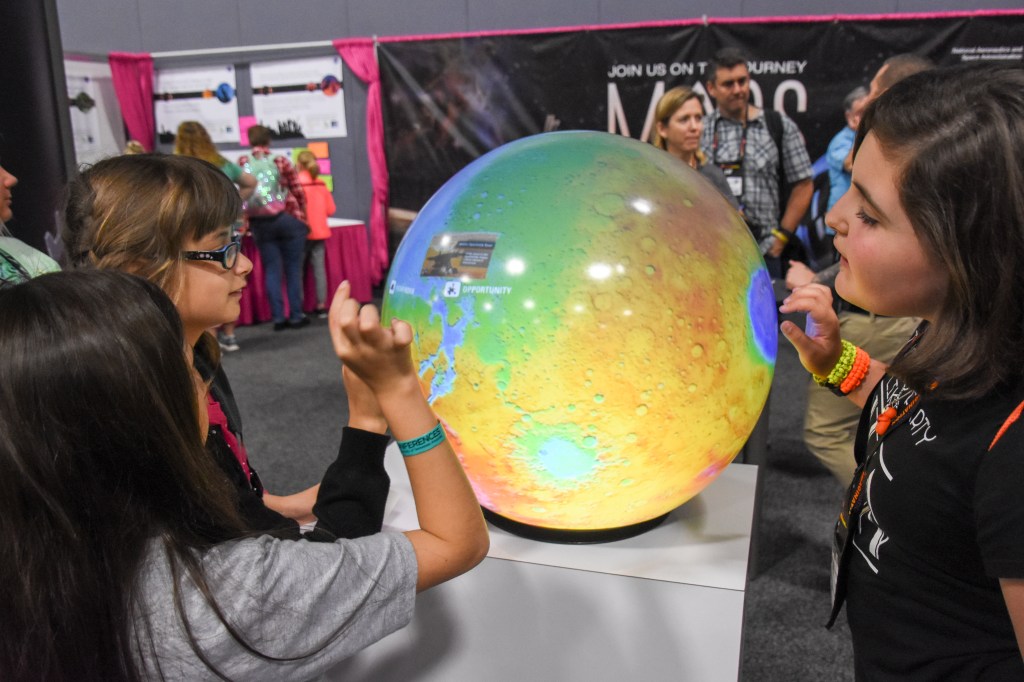
Space Communications: 7 Things You Need to Know
NASA’s Space Communications and Navigation (SCaN) program enables this data exchange, whether it’s with astronauts aboard the International Space Station,…
Read the Story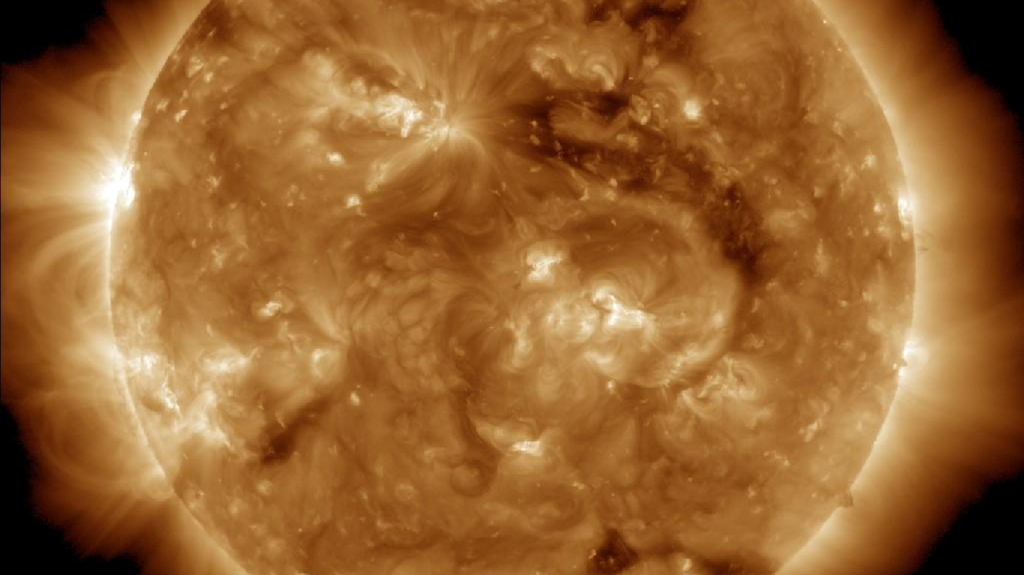
Learn More About Space Communications
What’s Next: The Future of NASA’s Laser Communications
NASA uses lasers to send information to and from Earth, employing invisible beams to traverse the skies, sending terabytes of…
Read the Story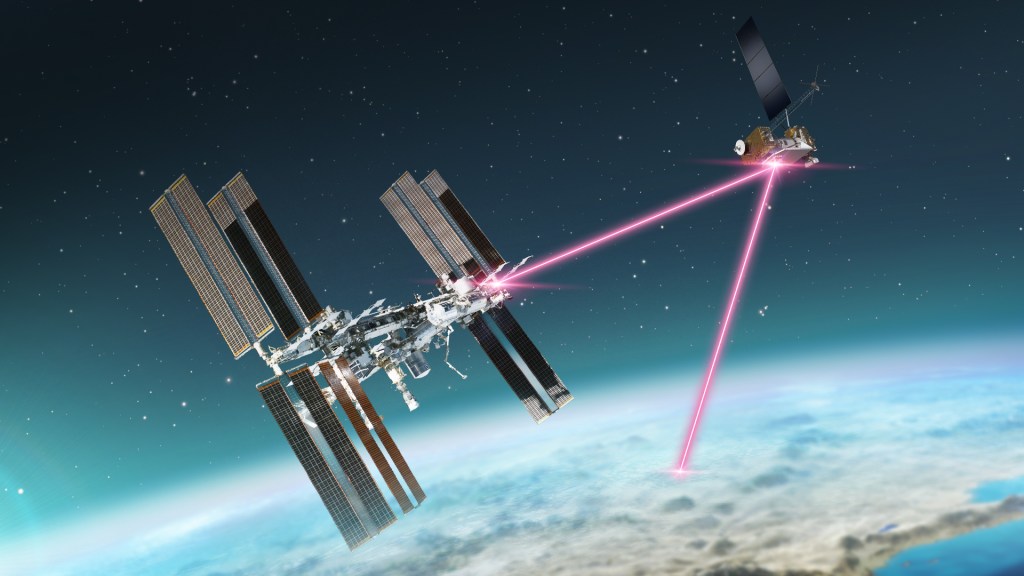
What is Radio and Gravity Science?
The Deep Space Network (DSN) helps scientists and engineers use gravity and radio science experiments to learn more about our planetary neighborhood.
Learn MoreNASA’s Communications Networks
The Invisible Network Podcast
NASA presents The Invisible Network, a podcast giving you a behind-the-scenes glimpse into the feats of engineering that make possible humanity's ambitions among the stars.
Tune Into The Podcast about The Invisible Network Podcast